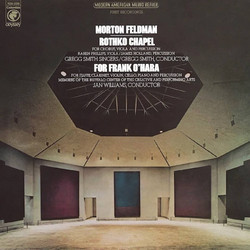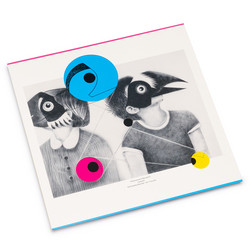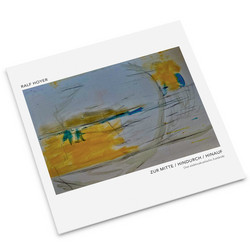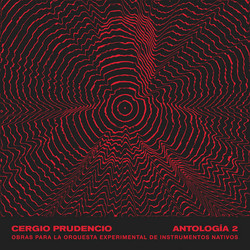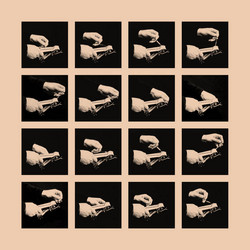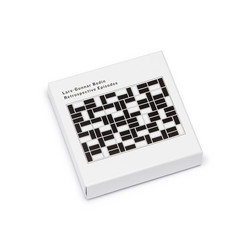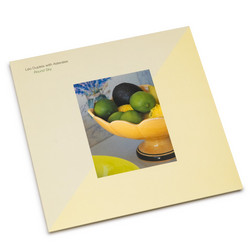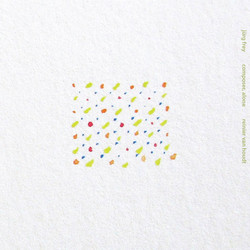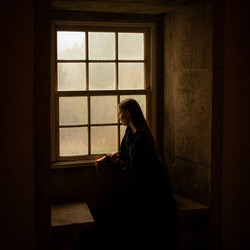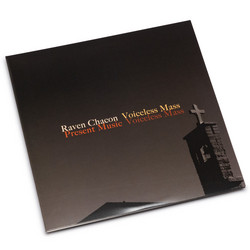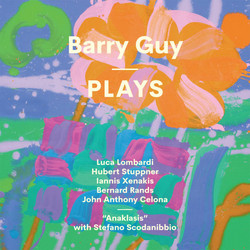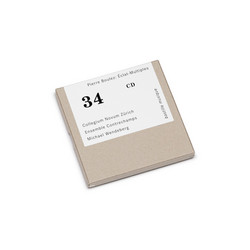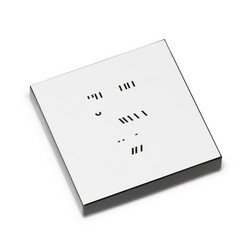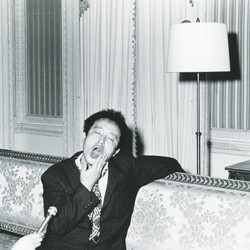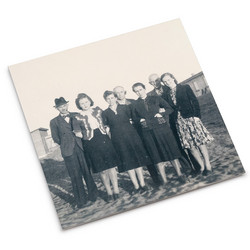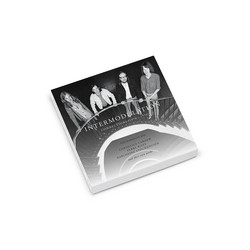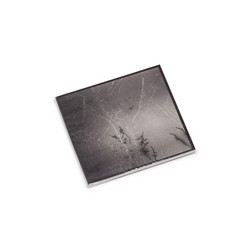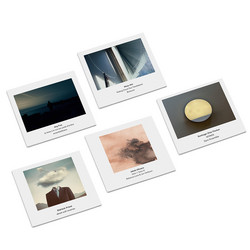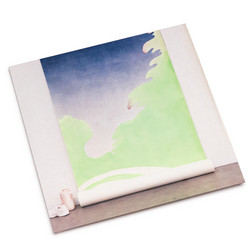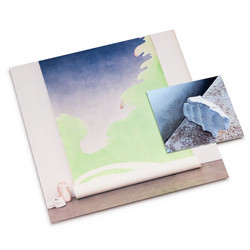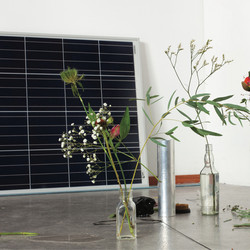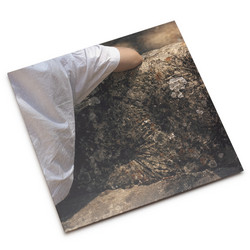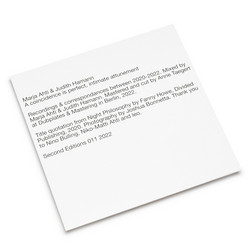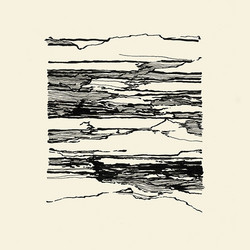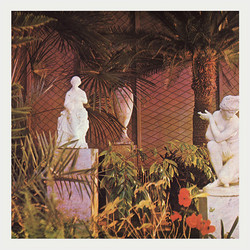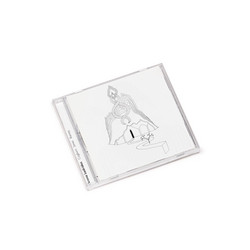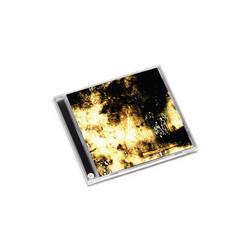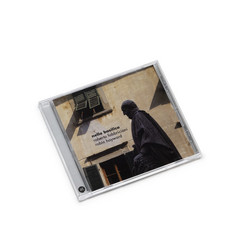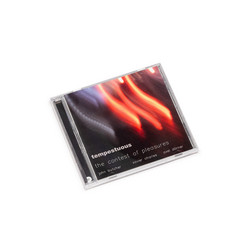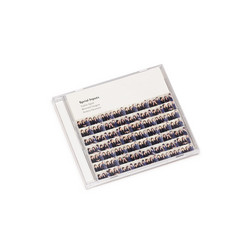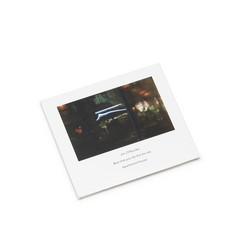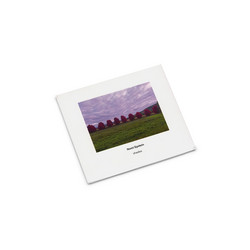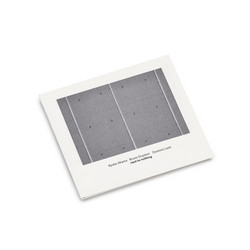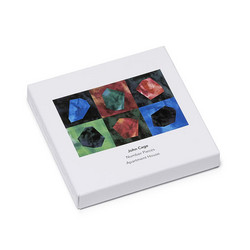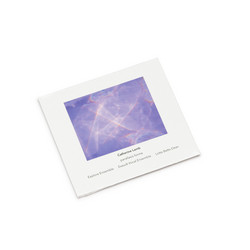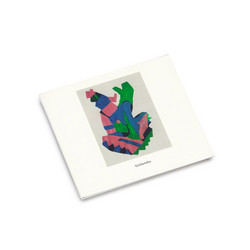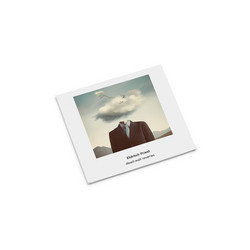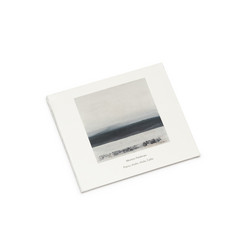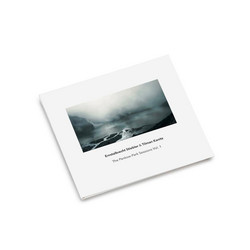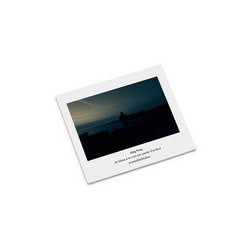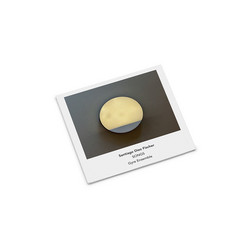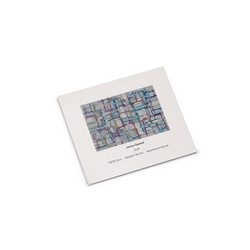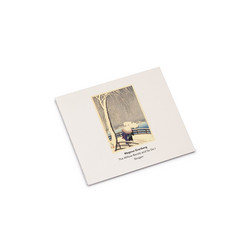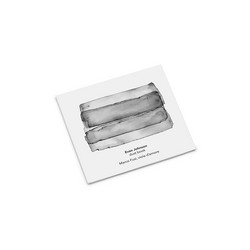What happens when electroacoustic thought migrates into the physical realm of acoustic instruments? Visiting Cloud documents a three-year collaboration between Finnish composer Marja Ahti and Italian ensemble Blutwurst, where two of Ahti's electroacoustic works - Fluctuating Streams (from The Current Inside, 2019) and Chora (from Vegetal Negatives, 2018) - undergo radical transformation into acoustic versions that stretch, deepen, and reimagine their original forms. Initiated by Blutwurst in 2021, when Daniela Fantechi, Marco Baldini, and Luisa Santacesaria approached Ahti with the idea of translating her electroacoustic works into their acoustic dimension, the project evolved through correspondence, recordings, and ultimately a week of intensive rehearsal in Florence in summer 2024. The aim was never mere transcription but rather using the originals as creative starting points to investigate how the ideas and spirit of the pieces would carry through into an entirely new medium.
The transformation proves profound. The acoustic versions dramatically alter temporal structure - Chora extends to roughly twice its original duration, while Fluctuating Streams stretches to more than three times its electronic length. As Ahti explains: "This slowness and gravitas is something I very much associate with Blutwurst's aesthetic... This kind of spacing is something I'm even more interested in now than when I made the original versions, so we were really able to meet each other in this - almost like I was able to correct some things that I wish I'd had more patience with in the originals."
The technical challenges varied dramatically between pieces. Fluctuating Streams offered a chordal structure as foundation, with Ahti requesting that the ensemble preserve the piece's elemental associations - airy streams and upward movements, almost like condensation - while maintaining focus on pitch relations and difference tones. Chora presented far more complex problems: how to translate analogue filter feedback tuned by ear, wobbling and sliding pitches, percussive thuds from pump organ levers, and an intimate field recording from a Greek monastery into purely acoustic terms?
Led by Marco Baldini, Blutwurst has built its reputation on a radical approach to sound and duration, making the ensemble ideal collaborators for this transmigration of compositional material. The result breathes with organic intensity that electronic sources can only approximate - instrumental textures hovering in a strange zone between remembered electronics and present acoustics, creating landscapes that belong fully to neither world yet draw sustenance from both. For Ahti, whose musical path wound from teenage saxophone and guitar through university studies in literature and back to electronic music-making, this project represents a significant opening toward acoustic instruments. Having spent years developing her language through electroacoustic methods - working with technologies that were "available to me, easy to use and relatively unbound to conventions. Something that I could mess around with" - she now finds acoustic instruments offering equal means of expression. Recent collaborations with cellist Judith Hamann and contrabass clarinetist John McCowen, along with her work Touch This Fragrant Surface of Earth combining acousmatic sound with live percussion, cello and bass clarinet, mark this evolution.
The music unfolds with rare patience and timbral precision, each gesture weighed and considered. Where the original electroacoustic versions operated in the malleable space of studio construction, these new iterations inhabit the irreversible time of live performance, demanding different kinds of attention and revealing unexpected dimensions within Ahti's compositional architecture. The week spent together in Florence - culminating in concerts featuring both translated pieces alongside Ahti's solo electronic set - crystallized years of remote collaboration into music that exists as neither arrangement nor interpretation but as genuine translation across mediums.
Another Timbre continues its vital documentation of music existing at the crossroads of contemporary composition and electroacoustic research. Visiting Cloud stands as a compelling meditation on how musical ideas can survive and thrive when transplanted across radically different mediums, offering fresh insights into the essential nature of composition itself while documenting a rare collaboration built on mutual respect, patience, and shared aesthetic values.


